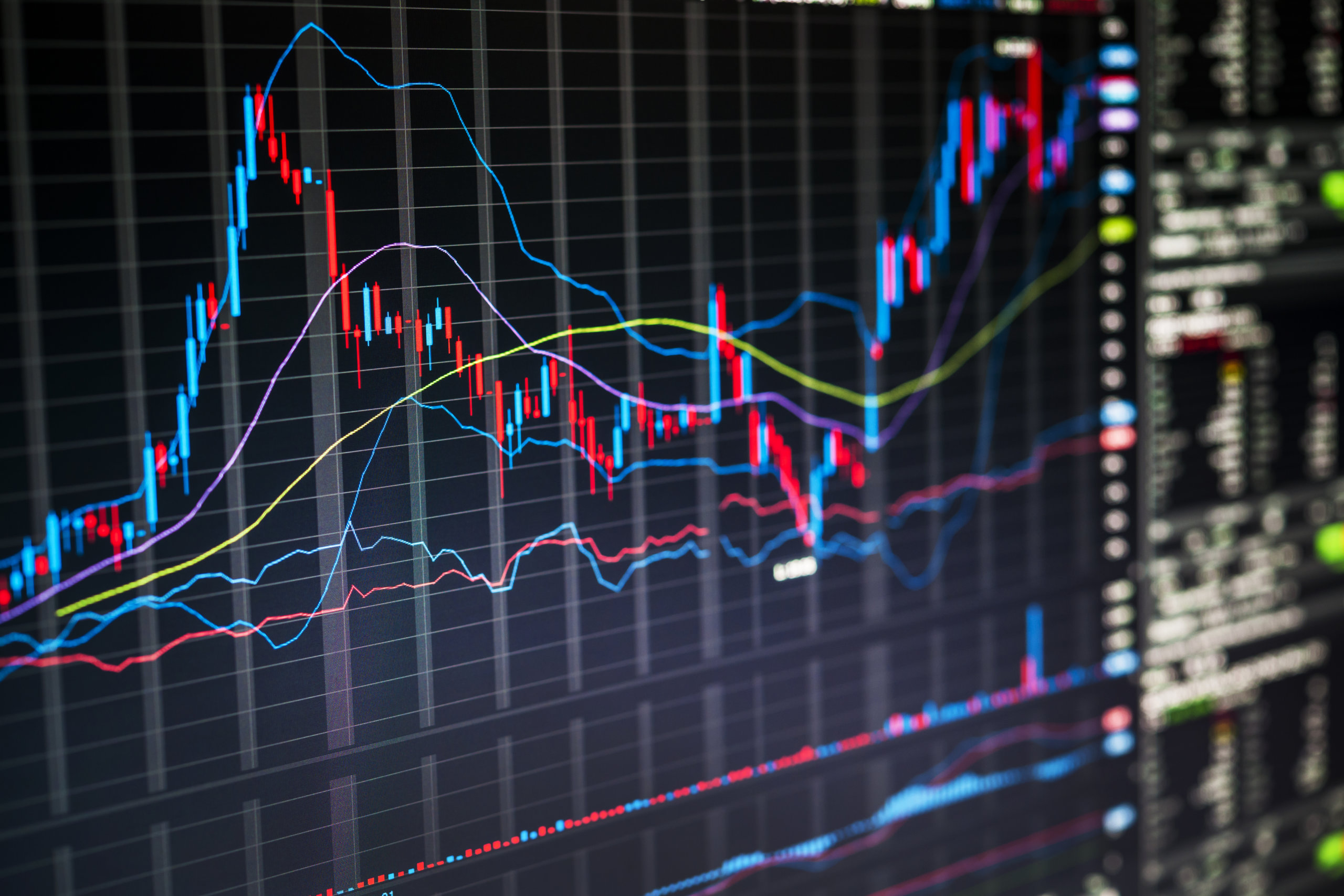In her monthly review, Julia discusses:
- Stocks with double digit growth in July (0:14)
- ‘Trade war’ to ‘trade talk’ (2:43)
- Is the market entering a defensive cycle? The signs to look for (3:21)
- Positioning into the reporting season (4:50)
The month of July has been a positive one for the Australian share market with the benchmark ASX200 index up by 0.8% and the blue-chip index ASX20 also gaining 0.8%. We have seen differences in the small Ords index down 0.4% and the Mid Cap index up by 1.5%. Both of these indices have been impacted by specific stocks:
- The small cap index has been impacted by Asaleo Care (AHY), down a massive 46% for the month and Sigma Pharmaceuticals (SIG), down 43% for the month.
- The mid cap space was all about Cimic (CIM), the second largest company by market cap in that index. It delivered half year numbers which were stronger than expected.
Looking at the top and the bottom performers in the ASX200 index for the month of July. Most of the trends that we’ve already seen have continued. We saw Afterpay (APT) clocking its third consecutive month of gains, up an impressive 59% for July. Cimic (CIM) also seeing its second month of gains up 16.5% for the month. Technology One (TNE) saw a reversal of an existing losing run with the market, aware that it’s one of the cheapest ways to gain exposure to technology on the Australian market.
On the downside, we saw Sigma Pharmaceuticals (SIG) losing a wholesale pharmacy contract, Bellamy’s (BAL) also coming under significant pressure and Nufarm (NUF) saw a profit downgrade due to the drought impacting its profitability and outlook.
The best sectors for the month were the telecom and healthcare sectors, traditionally thought of as defensive sectors. We saw telecom up by 4.5% for the month and healthcare up by 3%, mainly impacted by the bigger stocks in each space. Telstra (TLS) was up 4.6% in the telecom space and CSL continued to gain ground up 3.3% in the healthcare space.
The worst-performing sector was the utility sector on the back of government talk of making energy cheaper, impacting utility providers.
In the month of July we saw a number of concerns from the market. Number one was probably the trade war with the US and China. We aren’t using the word ‘war’ anymore but more ‘talk’ as it’s been downgraded a little in the minds of investors, given that we are seeing some stimulus coming through from China. We’ve also seen a relatively strong second quarter US earnings season, which has helped the market.
What we’re grappling with at the moment is seeing the market moving from rising inflation and rising growth to the next phase of rising inflation and slowing growth. The market is still in a rising growth and rising inflation scenario but the worry for equities is the move into the next box, where we haven’t traditionally seen this stage being quite as good for equity performance.
So what are the signs investors should be looking for that we’re entering into the next phase of defensive stance?
- First of all the yield curve flattens. This is a bit of a blunt instrument though, initially, we did see the yield curve flattening in 2004 but it wasn’t until the end of 2007 that we saw the market really significantly starting to see declines.
- We should also see the market breadth narrowing and that means a number of stocks participating in the market rise starts to fall.
- Then you start to see defensive sectors starting to outperform as investors move from growth to defensive.
- Economic growth also looks to move below trend.
The next important milestone for the Australian share market is the August reporting season. Going into this season is mainly positive on traditional media like Fairfax (FXJ), Seven West Media (SWM) as well as Nine Entertainment (NEC). It should be the first year that we start to see positive performance from the advertising space revenue growth.
Positive upgrades from companies that have upgraded from confession season include stocks like ARB, Aristocrat Leisure (ALL), CSL as well as Qantas (QAN). Also overweight in energy and commodities, given that during the last period we’ve seen rising commodity prices and a falling Aussie dollar which should be good news for profitability.
However, we’re cautious and looking for a possible inflection point around Australian housing and some of the stocks that may be impacted include stocks like CSR, Nick Scali (NCK) as well as Harvey Norman (HVN). A number of companies have already come out with negative outlooks for this reporting season include stocks like AMP, Amcor (AMC), Domino’s (DMP), Retail Food Group (RFG), JB Hi-Fi (JBH), Greencross (GXL) as well as Ramsay Healthcare (RHC). So we’re remaining quite cautious towards these stocks and underweight heading into reporting season.



